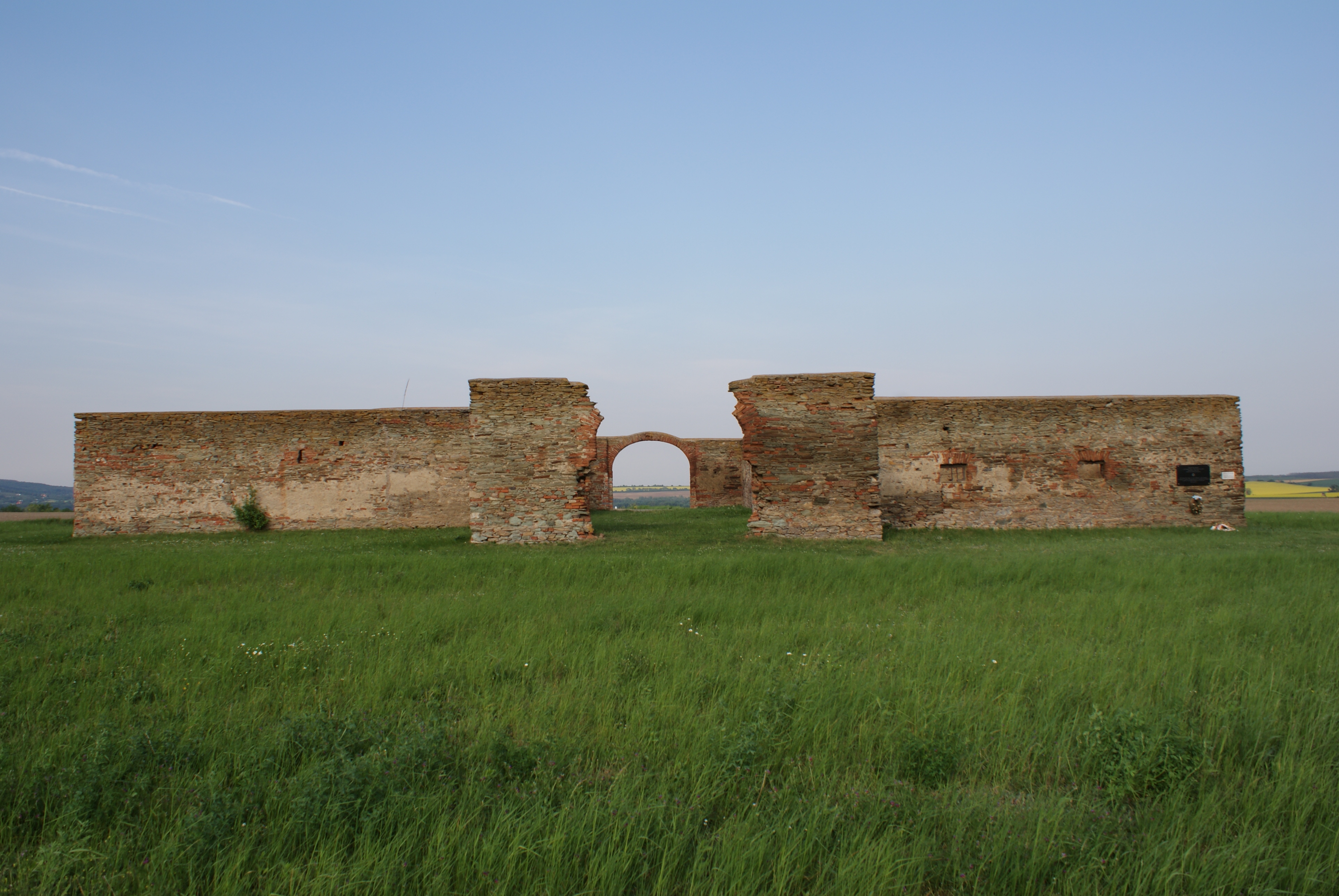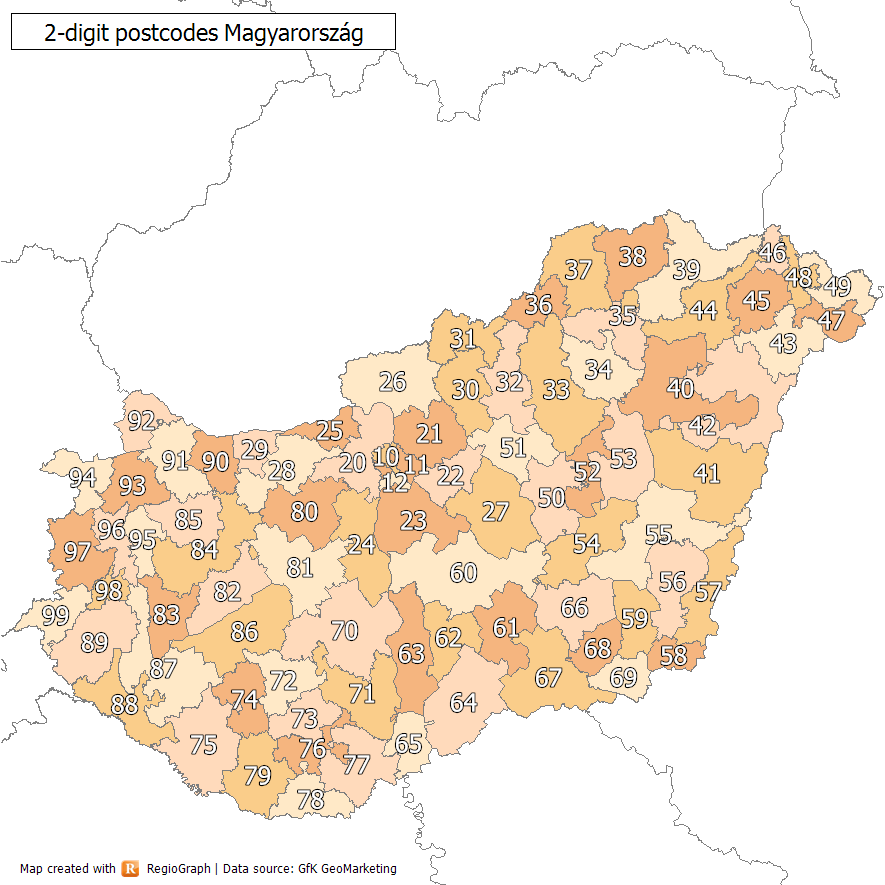|
Bozsok
Bozsok (German: Poschendorf) is a village in Vas County, Hungary. It is mentioned in some records from the 13th century. It is near the remains of some Roman water pipes. It lies at the foot of the Kőszeg Mountains on the border with Austria, having Rechnitz on the other side. One of the attractions of Bozsok is Sibrik Castle. Famous people The architect Miklós Hofer Miklós Hofer (8 May 1931 – 10 January 2011) was a Hungarian architect. Hofer was born in Bozsok, Hungary. He undertook his undergraduate studies at the Budapest Technical University in 1954 and gained a master's degree in 1958. He worked fo ... was born in Bozsok in 1931. External links Street map (Hungarian) References Populated places in Vas County {{Vas-geo-stub ... [...More Info...] [...Related Items...] OR: [Wikipedia] [Google] [Baidu] |
Rechnitz
Rechnitz ( hr, Rohunac, hu, Rohonc, Rohoncz, Romani: ''Rochonca'') is a municipality in Burgenland in the Oberwart district in Austria. Geography The municipality is located in southern Burgenland, on the border with Hungary, near Bozsok and Szombathely. The highest mountain in Burgenland, the Geschriebenstein, and the most eastern foothills of the Alps are partially located within the municipality. History Until 1920/21, the village was a part of Hungary, as was the entire state of Burgenland. Ever since 1898 the Hungarian name ''Rohonc'' had to be used, due to the policies of the Budapest government. In 1919, after the end of World War I, Burgenland was awarded to Austria through the treaties of St. Germain and Trianon. Since 1921, the village has been a part of the Austrian state of Burgenland. Rechnitz Massacre Near the end of World War II, some 200 Hungarian Jews were murdered near Rechnitz. In 2007, British journalist David Litchfield published an essay in the ''Fr ... [...More Info...] [...Related Items...] OR: [Wikipedia] [Google] [Baidu] |
Miklós Hofer
Miklós Hofer (8 May 1931 – 10 January 2011) was a Hungarian architect. Hofer was born in Bozsok, Hungary. He undertook his undergraduate studies at the Budapest Technical University in 1954 and gained a master's degree in 1958. He worked for the Department of Public Works from 1955 and became a teacher at the university in 1973. He became president of the Hungarian Society of Architects in 1964, taking part in the planning of numerous towns and cities. He retired in 2001. Hofer died in Budapest on 10 January 2011. Main works * Kazincbarcika, main square (1952) * Miskolc, Avasi lookout and TV tower (1960) * Gyöngyös, school (1959) * Budapest, plan for National Theatre, 2nd prize (1966–1967) * Szentendre, library and cultural centre (1968–1970) * Győr, Transport college (1974) * Budapest V., Roosevelt Square office building (demolished) * Budapest, Water department head office (1969) * Szentendre, Barcsay museum (1974) * Szentmártonkáta, school (1983) Prizes * M ... [...More Info...] [...Related Items...] OR: [Wikipedia] [Google] [Baidu] |
Kőszeg District
Kőszeg ( hu, Kőszegi járás) is a district in north-western part of Vas County. ''Kőszeg'' is also the name of the town where the district seat is found. The district is located in the Western Transdanubia Statistical Region. Geography Kőszeg District borders with Sopron District ''(Győr-Moson-Sopron County)'' to the northeast, Sárvár District to the east, Szombathely District to the south, the Austrian state of Burgenland to the west and north. The number of the inhabited places in Kőszeg District is 21. Municipalities The district has 3 towns and 18 villages. (ordered by population, as of 1 January 2013) The bolded municipalities are cities. Demographics In 2011, it had a population of 25,090 and the population density was 88/km². Ethnicity Besides the Hungarian majority, the main minorities are the Croat and German (approx. 1,100) and Roma (200). Total population (2011 census): 25,090 Ethnic groups (2011 census): Identified themselves: 23,694 persons: *Hun ... [...More Info...] [...Related Items...] OR: [Wikipedia] [Google] [Baidu] |
Countries Of The World
The following is a list providing an overview of sovereign states around the world with information on their status and recognition of their sovereignty. The 206 listed states can be divided into three categories based on membership within the United Nations System: 193 member states of the United Nations, UN member states, 2 United Nations General Assembly observers#Present non-member observers, UN General Assembly non-member observer states, and 11 other states. The ''sovereignty dispute'' column indicates states having undisputed sovereignty (188 states, of which there are 187 UN member states and 1 UN General Assembly non-member observer state), states having disputed sovereignty (16 states, of which there are 6 UN member states, 1 UN General Assembly non-member observer state, and 9 de facto states), and states having a political status of the Cook Islands and Niue, special political status (2 states, both in associated state, free association with New Zealand). Compi ... [...More Info...] [...Related Items...] OR: [Wikipedia] [Google] [Baidu] |
Hungary
Hungary ( hu, Magyarország ) is a landlocked country in Central Europe. Spanning of the Carpathian Basin, it is bordered by Slovakia to the north, Ukraine to the northeast, Romania to the east and southeast, Serbia to the south, Croatia and Slovenia to the southwest, and Austria to the west. Hungary has a population of nearly 9 million, mostly ethnic Hungarians and a significant Romani minority. Hungarian, the official language, is the world's most widely spoken Uralic language and among the few non-Indo-European languages widely spoken in Europe. Budapest is the country's capital and largest city; other major urban areas include Debrecen, Szeged, Miskolc, Pécs, and Győr. The territory of present-day Hungary has for centuries been a crossroads for various peoples, including Celts, Romans, Germanic tribes, Huns, West Slavs and the Avars. The foundation of the Hungarian state was established in the late 9th century AD with the conquest of the Carpathian Basin by Hungar ... [...More Info...] [...Related Items...] OR: [Wikipedia] [Google] [Baidu] |
List Of Regions Of Hungary
There are seven statistical regions of Hungary created in 1999 by the Law 1999/XCII amending Law 1996/XXI. Regions are groupings of the 19 counties and the capital city. *''Northern Hungary'' includes the counties Borsod-Abaúj-Zemplén, Heves and Nógrád. *''Northern Great Plain'' includes the counties Hajdú-Bihar, Jász-Nagykun-Szolnok, and Szabolcs-Szatmár-Bereg. *''Southern Great Plain'' includes the counties Bács-Kiskun, Békés and Csongrád-Csanád. *''Central Hungary'' includes the county of Pest and the capital Budapest. *''Central Transdanubia'' includes the counties Komárom-Esztergom, Fejér and Veszprém. *''Western Transdanubia'' includes the counties Győr-Moson-Sopron, Vas, Zala. *''Southern Transdanubia'' includes the counties Baranya, Somogy and Tolna. Euroregions Hungary belongs into the following euroregions: * Carpathian Euroregion: Borsod-Abaúj-Zemplén, Szabolcs-Szatmár-Bereg, Hajdú-Bihar, Jász-Nagykun-Szolnok, Heves * West P ... [...More Info...] [...Related Items...] OR: [Wikipedia] [Google] [Baidu] |
Counties Of Hungary
, alt_name = , alt_name1 = , alt_name2 = , alt_name3 = , alt_name4 = , map = , category = Unitary state , territory = Hungary , upper_unit = , start_date = 1950 (Current form, 19 + Budapest) , start_date1 = , start_date2 = , start_date3 = , start_date4 = , legislation_begin = , legislation_begin1 = , legislation_begin2 = , legislation_begin3 = , legislation_begin4 = , legislation_end = , legislation_end1 = , legislation_end2 = , legislation_end3 = , legislation_end4 = , end_date = , end_date1 = , end_date2 = , end_date3 = , end_date4 = , current_number = 19 , number_date = 1950 , type = , type1 = , type2 = , type3 = , type4 = , status = , statu ... [...More Info...] [...Related Items...] OR: [Wikipedia] [Google] [Baidu] |
Districts Of Hungary
Districts of Hungary are the second-level divisions of Hungary after counties. They replaced the 175 subregions of Hungary in 2013. Altogether, there are 174 districts in the 19 counties, and there are 23 districts in Budapest. Districts of the 19 counties are numbered by Arabic numerals and named after the district seat, while districts of Budapest are numbered by Roman numerals and named after the historical towns and neighbourhoods. In Hungarian, the districts of the capital and the rest of the country hold different titles. The districts of Budapest are called ''kerületek'' (lit. district, pl.) and the districts of the country are called ''járások.'' By county Baranya County Bács-Kiskun County Békés County Borsod-Abaúj-Zemplén County Csongrád-Csanád County Fejér County Győr-Moson-Sopron County Hajdú-Bihar County Heves County Jász-Nagykun-Szolnok County Komárom-Esztergom County Nógrád County Pest County ... [...More Info...] [...Related Items...] OR: [Wikipedia] [Google] [Baidu] |
Central European Time
Central European Time (CET) is a standard time which is 1 hour ahead of Coordinated Universal Time (UTC). The time offset from UTC can be written as UTC+01:00. It is used in most parts of Europe and in a few North African countries. CET is also known as Middle European Time (MET, German: MEZ) and by colloquial names such as Amsterdam Time, Berlin Time, Brussels Time, Madrid Time, Paris Time, Rome Time, Warsaw Time or even Romance Standard Time (RST). The 15th meridian east is the central axis for UTC+01:00 in the world system of time zones. As of 2011, all member states of the European Union observe summer time (daylight saving time), from the last Sunday in March to the last Sunday in October. States within the CET area switch to Central European Summer Time (CEST, UTC+02:00) for the summer. In Africa, UTC+01:00 is called West Africa Time (WAT), where it is used by several countries, year round. Algeria, Morocco, and Tunisia also refer to it as ''Central European ... [...More Info...] [...Related Items...] OR: [Wikipedia] [Google] [Baidu] |
Central European Summer Time
Central European Summer Time (CEST), sometimes referred to as Central European Daylight Time (CEDT), is the standard clock time observed during the period of summer daylight-saving in those European countries which observe Central European Time (CET; UTC+01:00) during the other part of the year. It corresponds to UTC+02:00, which makes it the same as Eastern European Time, Central Africa Time, South African Standard Time, Egypt Standard Time and Kaliningrad Time in Russia. Names Other names which have been applied to Central European Summer Time are Middle European Summer Time (MEST), Central European Daylight Saving Time (CEDT), and Bravo Time (after the second letter of the NATO phonetic alphabet). Period of observation Since 1996, European Summer Time has been observed between 01:00 UTC (02:00 CET and 03:00 CEST) on the last Sunday of March, and 01:00 UTC on the last Sunday of October; previously the rules were not uniform across the European Union. There were proposals ... [...More Info...] [...Related Items...] OR: [Wikipedia] [Google] [Baidu] |
Postal Codes In Hungary
Postal codes in Hungary are four digit numeric. The first digit is for the postal region, as listed below (with the postal centre indicated after the number): * 1xxx Budapest (*) * 2xxx Szentendre * 3xxx Hatvan * 4xxx Debrecen (*) * 5xxx Szolnok * 6xxx Kecskemét * 7xxx Sárbogárd * 8xxx Székesfehérvár * 9xxx Győr Not all of the above are county capitals: Hatvan, Sárbogárd and Szentendre are major cities, but not county capitals. They are, however, all well communicated cities and big junctions. In Budapest postal codes are in the format 1XYZ, where X and Y are the two digits of the district number (from 01 to 23) and the last digit is the identification number of the post office in the district (there are more than one in each district). A special system exists for PO Box deliveries, which do not follow the district system. These special postal codes refer to a specific post office rather than an area. The "1000" postal code designates the Countrywide Logistics Centre, ... [...More Info...] [...Related Items...] OR: [Wikipedia] [Google] [Baidu] |



_of_Hungary.png)
